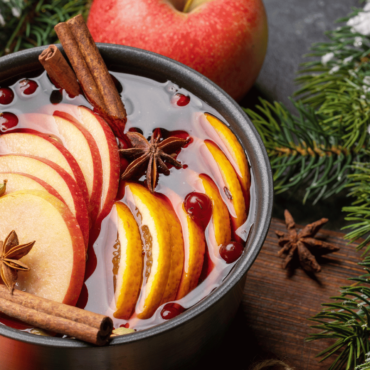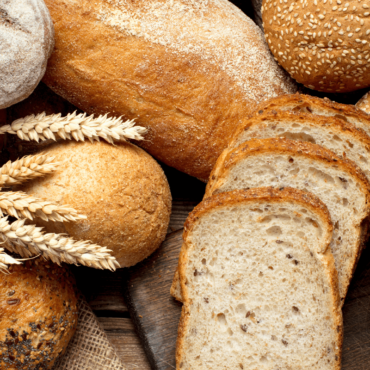Blog & News
Food fight
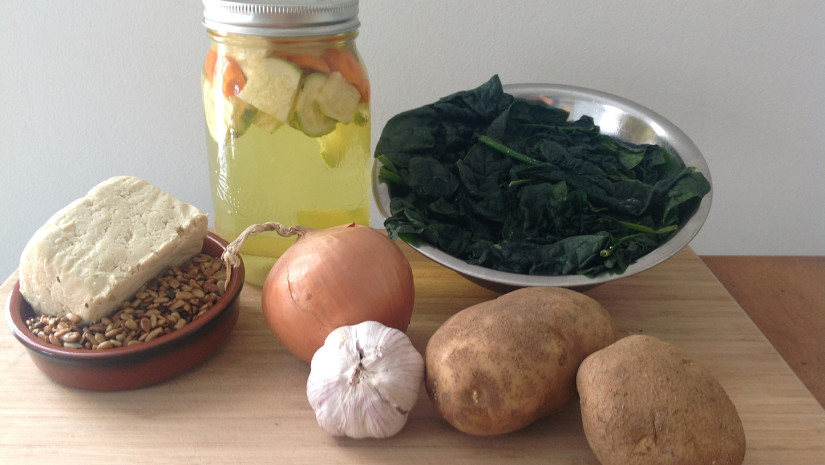
I have always loved spinach, either fresh in salad or cooked on a pie, still I often find them about to rot in the corner of the fridge. To avoid this tragic end, how about transforming them into a healthy and delicious soup accompanied by garlic tofu!
Spinach: A superfood and great source of iron … or not?
Spinach enjoys of quite a good reputation thanks to its high iron content, the metal responsible for oxygen transport in our bodies. Even if spinach isn’t the only plant with elevated concentrations of iron (among other vital elements and compounds), they have been somehow placed on a special level in scientific debates and nutritional myths*. This reputation is to some extent due to Elzie’s Cryler Segar creation: the famous Popeye, the immensely strong sailor whose diet was spinach-based. Contrarily to popular beliefs, E. Segar never meant to state (or even insinuate) that Popeyes herculean force was caused by iron content in spinach, but once the myth was born, it perpetuated. In any case, iron or not iron, during the ’30s the annual consumption of spinach in the United States rose about 33% thanks to Popeye’s nutritional habit1.
But let’s answer to the initial question, are spinach truly a good source of iron? Well, yes and no. Even if the iron concentration on spinach is higher than on red meat (6.43 mg/180 g cooked spinach versus 4.42 mg/170 g beef). Alas, the element is only found on a non-heme form, which isn’t completely absorbable for the body2,3.
But stay calm! Spinach own other healthy properties!
In only 100 g of these cooked vegetables, we can find up to 11.3 g of beta-carotene4. This molecule is responsible for the orange colour of many tubers, fruits and plants, such as carrots, apricots and melons. Then why are spinach green instead of orange or yellow? Well, this is due to the presence of chlorophyl on the leaves, which masks the beta carotene.

As E. Segar knew before conceiving Popeye, beta-carotene is the principal precursor of vitamin A in the human body. This molecule presents several antioxidant properties which for example, help protect skin from solar radiation. The eye macula, a delicate area of the retina responsible for ocular acuity, is also guarded by this molecule5.

*Curiously, the basis of all these debates is founded in citation errors and misunderstood research results, rather than on chemical facts (if you would like to know more about the subject, some references are provided below).
Let’s go back to the soup! To achieve a complete, flavourful explosion, rich of healthy properties it will be enough if we add some garlic tofu! Tofu is a pretty good source of essential nutrients, such as calcium, magnesium and vitamins A, B and D. On the other hand, garlic is rich in allicin, an organic sulphur compound with antibacterial properties6,7.
Let’s start preparing this delicious, healthy, and zero waste soup!
Ingredients (4 portions):
1 chopped onion (40 g)
3 chopped garlic cloves
1–2 white potatoes (70 g)
1.5 L vegetable broth
Fresh or frozen spinach (170 g)
Firm tofu (100–125 g)
Sunflower seeds (20 g)
Olive oil (or other)
Salt and black pepper
Garlic powder
- It isn’t a secret (and if it was, I share it with you!) that to prepare a great soup, a base broth is essential. Instead of buying cubes or concentrate, we can just save all vegetable leftovers to produce it! For example, pieces of celery, zucchini squash, carrots and onions. It’s enough to let them boil on a volume of water between three or four times bigger than that of the vegetables, with a pinch of pepper, salt and if possible, a bay leave. Boil until evaporating one third of the liquid’s volume, or just until the colour and aroma of the broth intensify (this is up to your taste!), filter before using. The broth in excess can be frozen, for next occasion.
- On a big pot, cook the onions and garlic with some oil until the onions are nicely transparent, then add the potatoes in pieces and cover with the broth. Let it cook for 15–20 minutes, or until the potatoes become tender.



- Cook the spinach in oil on a pan for 5 minutes, or until the volumes reduces and they start producing juice. Then add the spinach to the broth and cook the whole mix for 5 minutes.

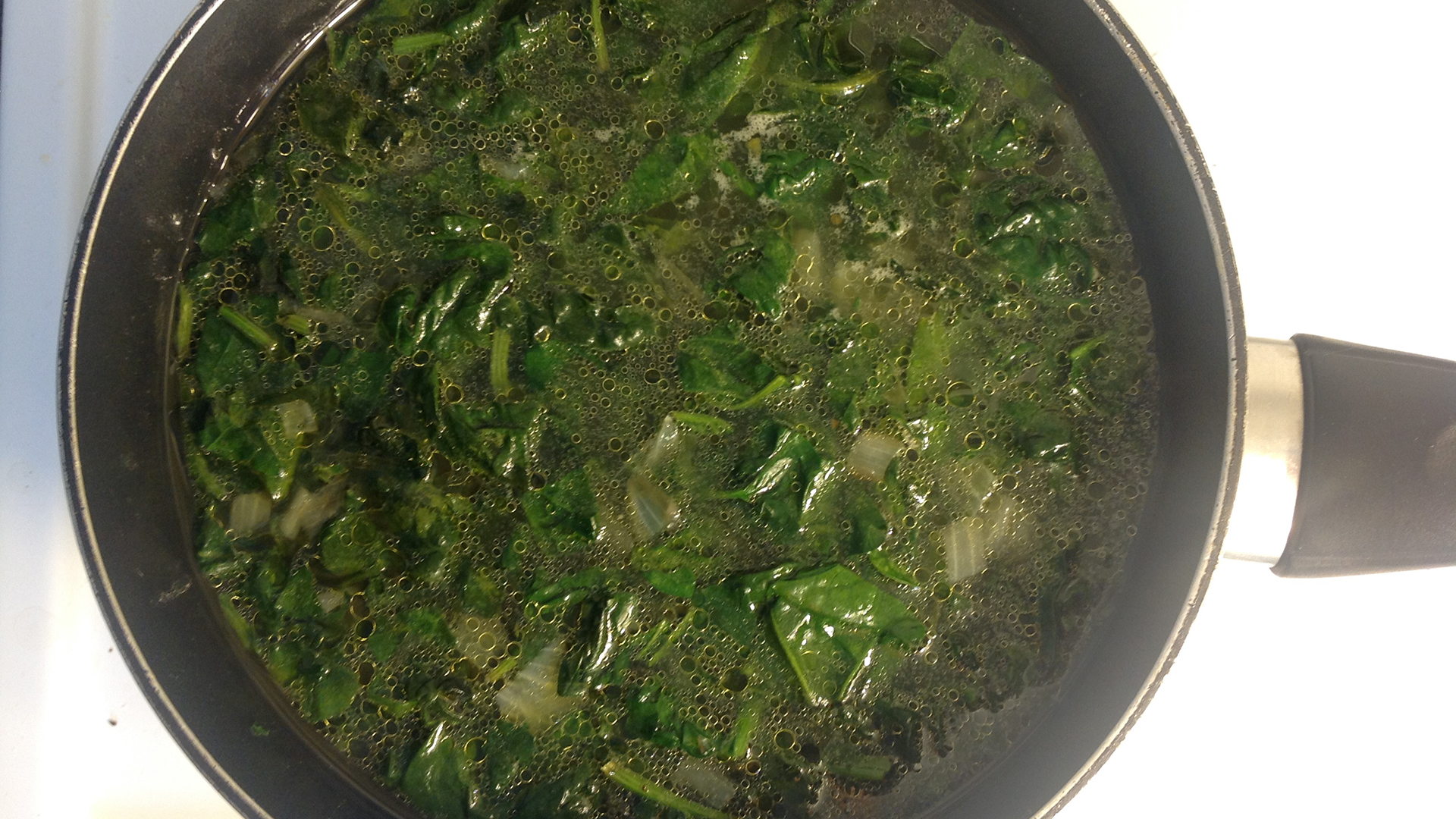
- Mix thoroughly on a blender until achieving a homogenous texture. Bring back to the pot and adjust the thickness by adding broth or evaporating some volume. Either way, cook it for another five minutes under medium heat, to allow flavours to consolidate. Rectify the seasoning with salt and pepper.
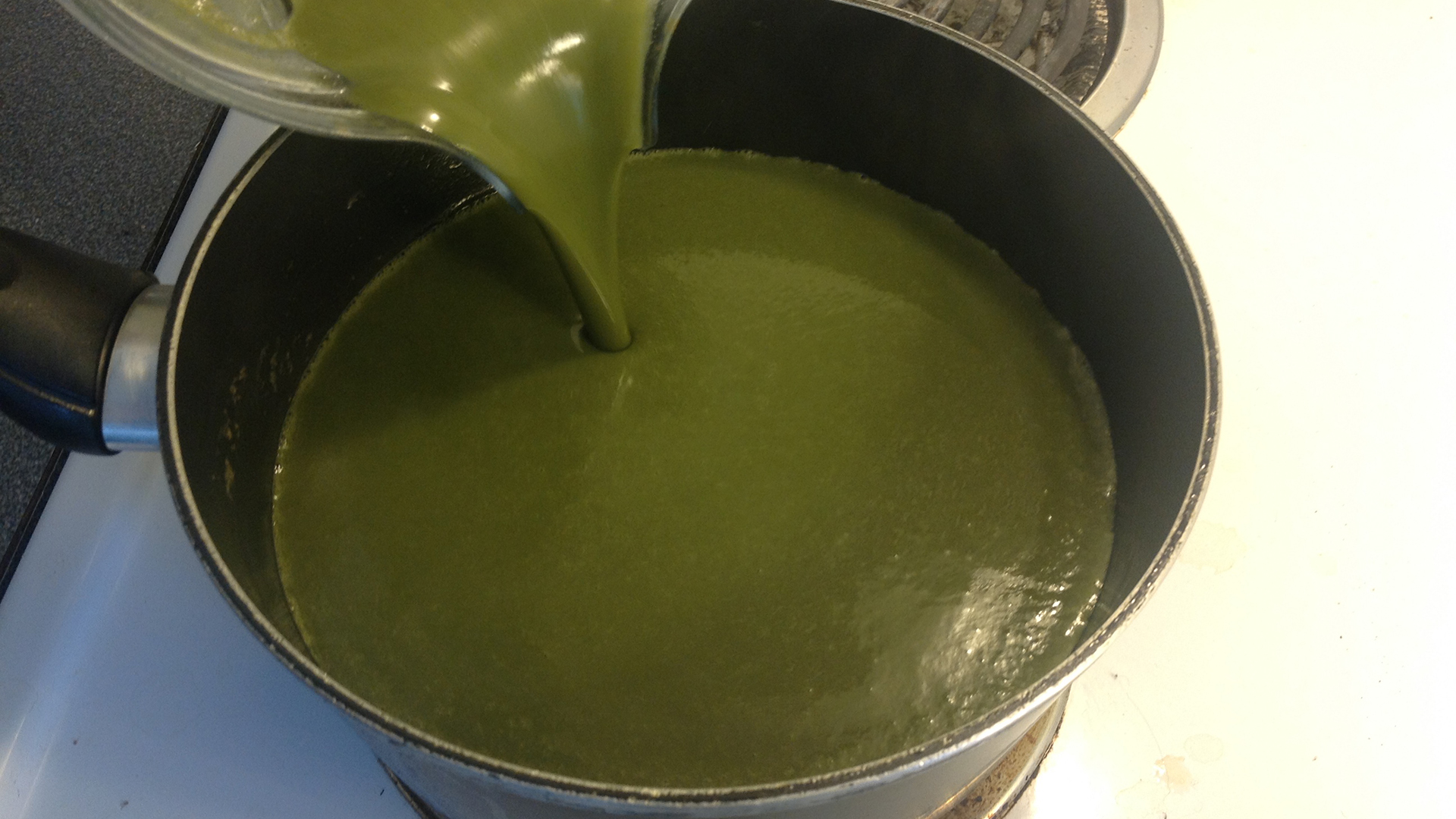
- Cut the tofu in squares of approximately 1 cm x 1 cm. Let the pan heat, then add enough oil to cover the surface, add the tofu. Cook on medium-strong heat until golden, then cover with garlic powder and stir, cook for 1–2 minutes and remove from the heat. Add it to the soup!
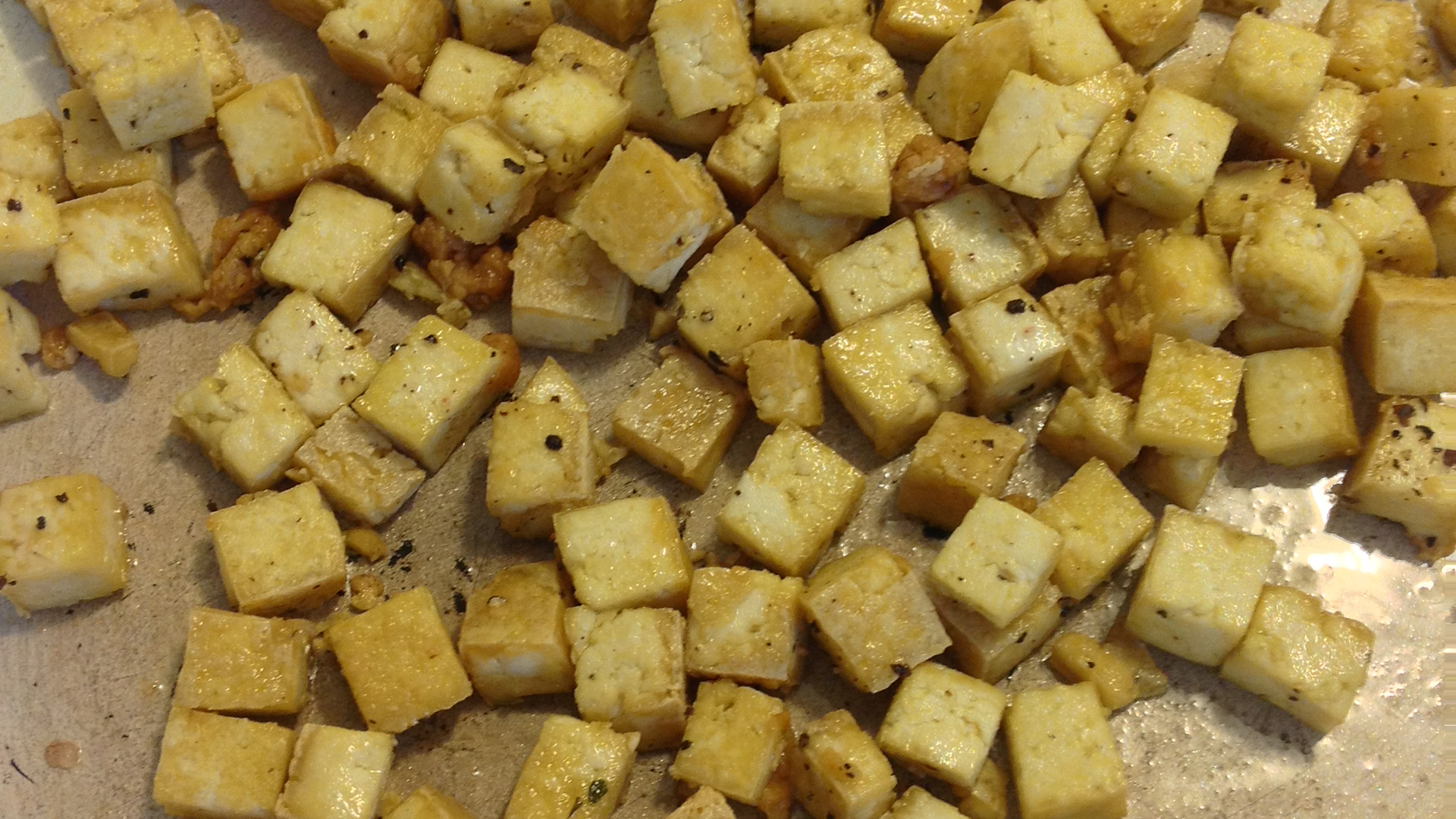
- Now let’s grill the sunflower seeds on a pan without oil. Stir them on mild-medium heat until golden. To avoid burning them, just keep on stirring. The quantity is up to you, but two soup spoons would be enough for four portions.
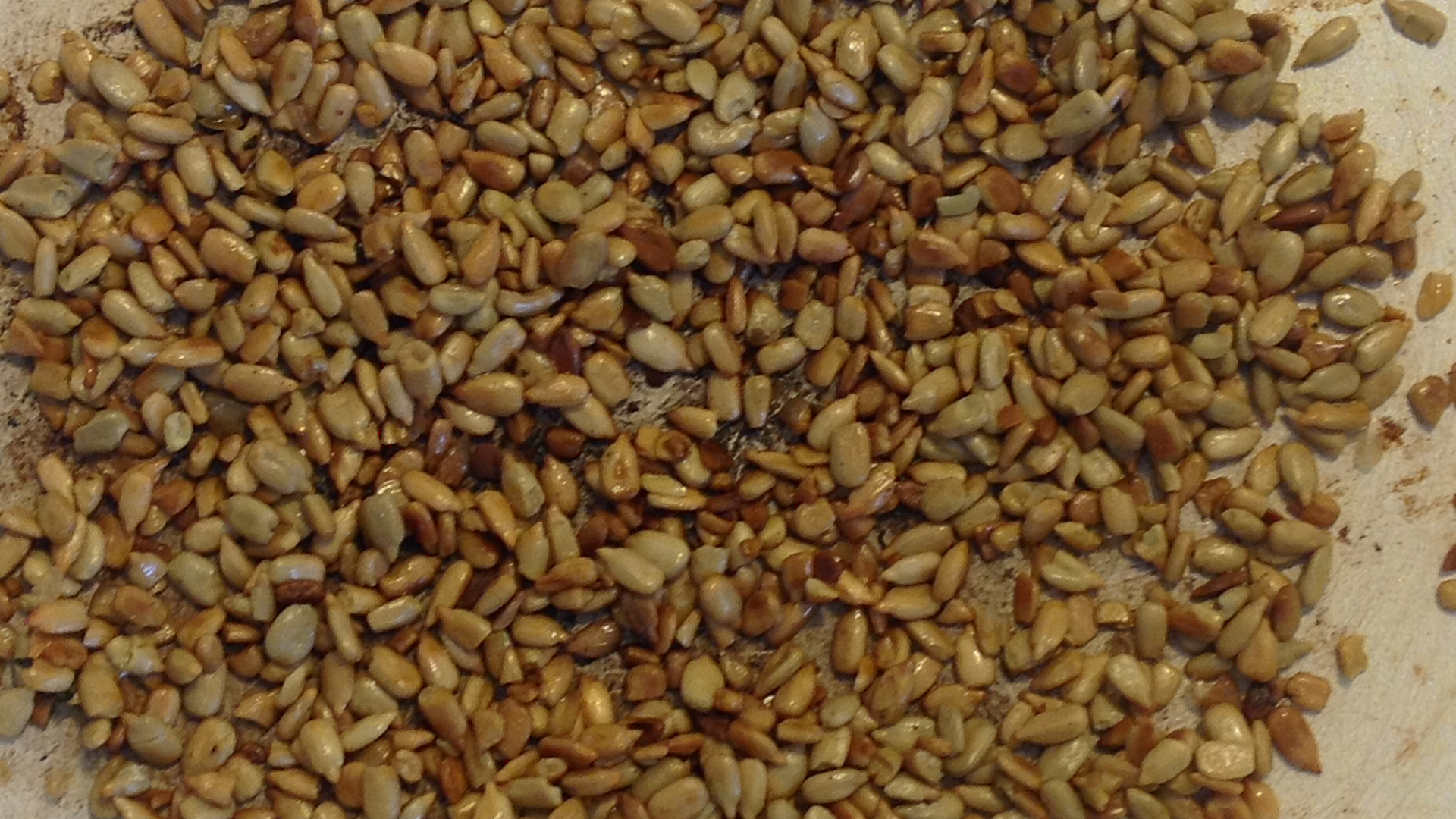
Serve yourself and enjoy of this exquisite green pleasure!
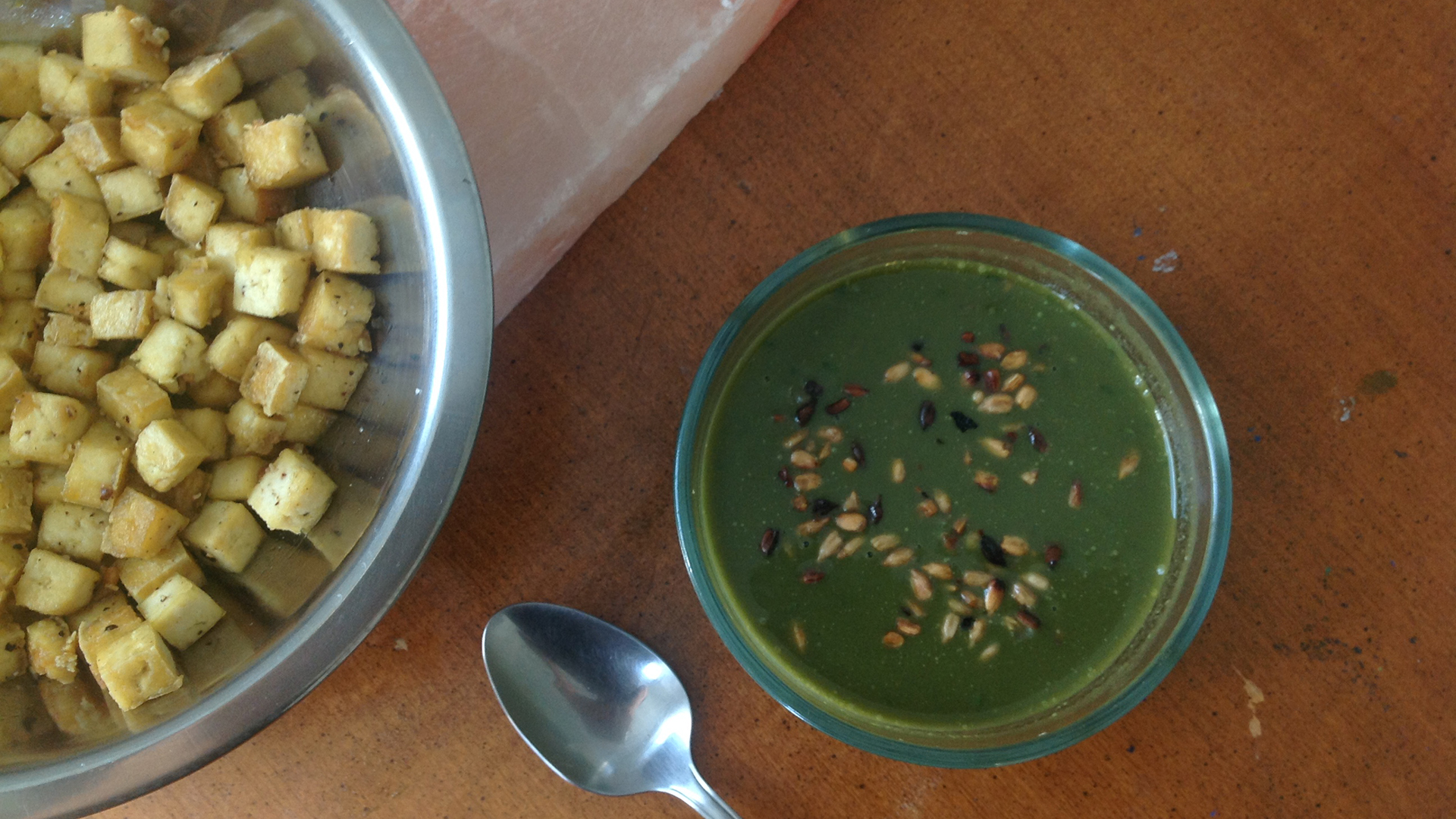
References
If you would like to read more about spinach, carotenes and their chemical properties and wrong use of scientific data, here you have some useful links:
Some information about iron in spinach
- 1. Mike Sutton.SPINACH, IRON and POPEYE: Ironic lessons from biochemistry and history on the importance of healthy eating, healthy scepticism and adequate citation. Internet Journal of Crimininology. Consulted on: https://www5.in.tum.de/~huckle/Sutton_Spinach_Iron_and_Popeye_March_2010.pdf
- 2. Joe Schwarcz. Iron in Spinach. (2017). Consulted on: https://www.mcgill.ca/oss/article/food-health-news-quirky-science/setting-facts-straight-about-iron-spinach
- 3. Andy Brunning. The chemistry of Spinach. (2018). Consulted on: https://www.compoundchem.com/2018/07/17/spinach/
About the chemistry of carotenes.
- 4. National Institute of Health. USDA National Nutrient Database for Standard Reference Release 28. Consulted on: https://ods.od.nih.gov/pubs/usdandb/VitA-betaCarotene-Content.pdf
- 5. Martha Evens. Beta-carotene. Consulted on: http://www.chm.bris.ac.uk/motm/carotene/beta-carotene_vita.html
About organic sulfur compounds present in garlic
- 6. Allicin, the Antibacterial Principle ofAllium sativum. I. Isolation, Physical Properties and Antibacterial Action, Chester J. Cavallito; John Hays Bailey; Journal of the American Chemical Society, 1944, vol. 66, pp. 1950-1951
- 7. Andy Brunning. What Compounds Cause Garlic Breath? -The Chemistry of Garlic (2014). Consulted on: https://www.compoundchem.com/2014/05/05/what-compounds-cause-garlic-breath-the-chemistry-of-garlic/

Frida Buitron
Frida is a bubbly and curious chemist who is passionate about science and culture. A lover of food and nature, she’s always concocting treats with whatever she finds in the back of the fridge. In her free time, she enjoys good books and music as well as spending time with friends.
View all posts...Related posts :
Contact us
Earth Day Canada
5818, boulevard Saint-Laurent
Montréal (Québec) H2T 1T3 Canada
Phone : (514) 728-0116
Toll free : 1 800 424-8758
Fax : (514) 303-0248
Email: hello@earthday.ca
2025 © Earth Day Canada. All rights reserved.
Privacy policy · Terms of use · Trademark


